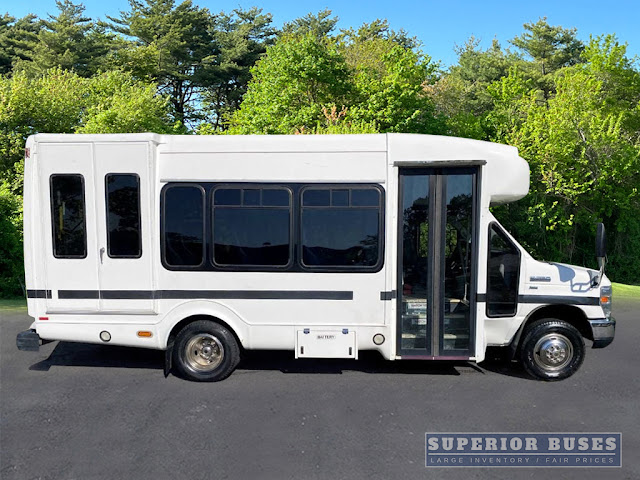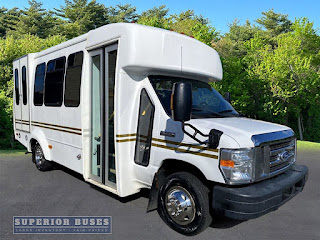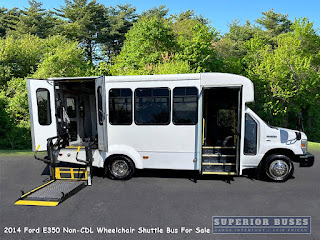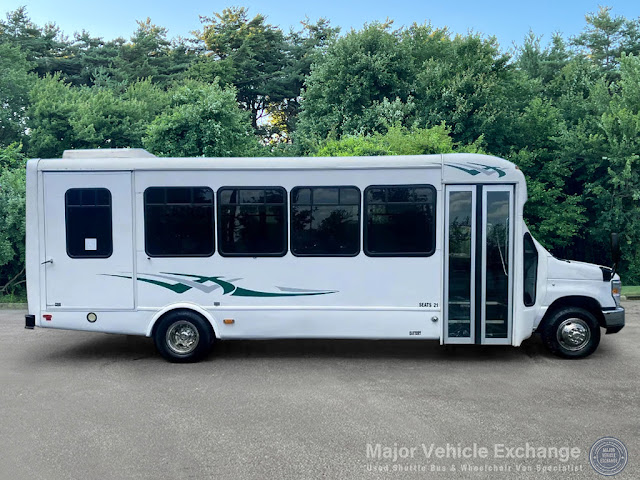Buckle Up for Safety: Why American Shuttle Buses Rule the Road

Think hopping on a shuttle bus means bouncing along a pothole-ridden road in a rust bucket held together by duct tape? Think again! In the United States, stepping onto a shuttle bus means entering a cocoon of safety and reliability, a far cry from the experiences in many other countries. This isn’t just happenstance – it’s the result of a robust system of regulations, enforcement, and innovation spearheaded by the Department of Transportation (DOT), states, and dedicated manufacturers. Building a Fortress on Wheels: The bedrock of American shuttle bus safety lies in the stringent guidelines set by the DOT’s Federal Motor Vehicle Safety Standards (FMVSS). These standards cover everything from seat belt design and emergency exits to fire suppression systems and crashworthiness. Imagine a bus as a medieval castle, with each FMVSS acting as a sturdy stone, meticulously positioned to withstand any potential siege. One shining example of these regulations in action is the 2007 side impact p





